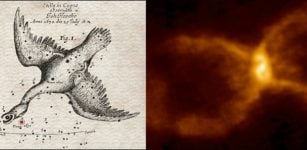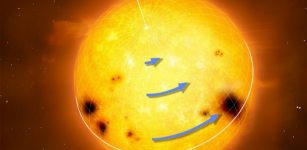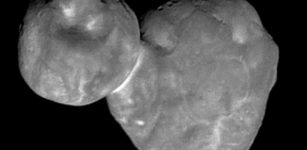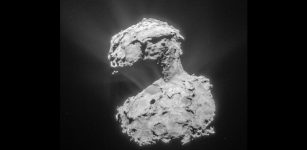Dust Grains Falling From Saturn’s D-Ring Contaminate And Alter Planet’s Upper Atmosphere
MessageToEagle.com – Astronomers have analyzed data from the final orbits last year of NASA’s Cassini spacecraft and report in their new study that the rings of Saturn are far more chemically complicated than previously was understood.
The study also shows that dust grains from the innermost D ring of Saturn, which are contaminated with chemicals, enter the planet’s upper atmosphere at an extraordinary rate.
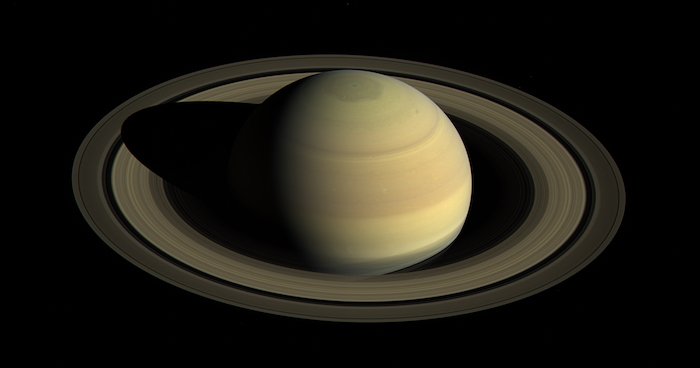
Over long timescales, the researchers say this flow of chemicals may change the carbon and oxygen content of the atmosphere.
“This is a new element of how our solar system works,” said Thomas Cravens, professor of physics & astronomy at the University of Kansas and a co-author of the new paper.
“Two things surprised me. One is the chemical complexity of what was coming off the rings — we thought it would be almost entirely water based on what we saw in the past. The second thing is the sheer quantity of it — a lot more than we originally expected. The quality and quantity of the materials the rings are putting into the atmosphere surprised me.”
Cassini’s spectrometer (INMS) sampled chemicals at altitudes between Saturn’s rings and atmosphere and found the rings to be composed of water, methane, ammonia, carbon monoxide, molecular nitrogen and carbon dioxide.
“What the paper is describing is the environment in the gap between the inner ring and upper atmosphere, and some of the things found were expected, such as water,” Cravens said.
“What was a surprise was the mass spectrometer saw methane — no one expected that. Also, it saw some carbon dioxide, which was unexpected. The rings were thought to be entirely water. But the innermost rings are fairly contaminated, as it turns out, with organic material caught up in ice.”
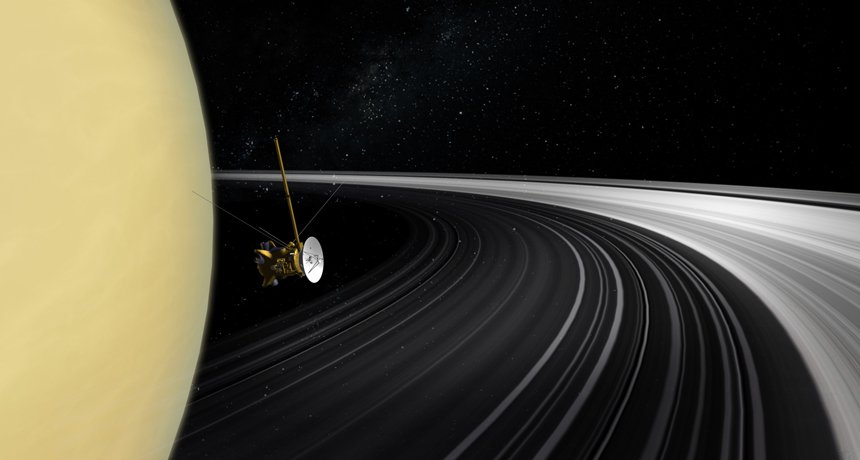
The analysis also shows that this material, including some benzine, was altering the uppermost atmosphere of Saturn in the equatorial region. There were both grains and dust that were contaminated.”
According to Cravens, the results are important because they can help to understand, how does a planet get rings and what is the lifetime of a ring?
There are also other unanswered questions: What’s replenishing the rings? Was there a time when Saturn didn’t have rings? How did that composition get into there in the first place? Is it left over from the formation of our solar system? Does it date back to proto pre-solar nebula, the nebula that collapsed out of interstellar media that formed the sun and planets?”
“…The material from the innermost D ring is coming into Saturn at high speeds because the rings are moving faster than the atmosphere quite a bit. It doesn’t just drop in gently. It comes flying in there like a satellite re-entering our own planet.
These dust grains moving at satellite speed, depositing energy that can dissociate the atmosphere. Per atom, it’s pretty energetic stuff because of the speed differentiation between the rings and the atmosphere. We think it may be heating the upper atmosphere, changing its composition,” Cravens said.
The higher-than-expected rate of material being expelled from Saturn’s D Ring into the planet’s upper atmosphere, or ionosphere, is sufficient that astronomers now think the lifespan of the ring may be briefer than previously estimated.
Read the original story – here.
MessageToEagle.com



